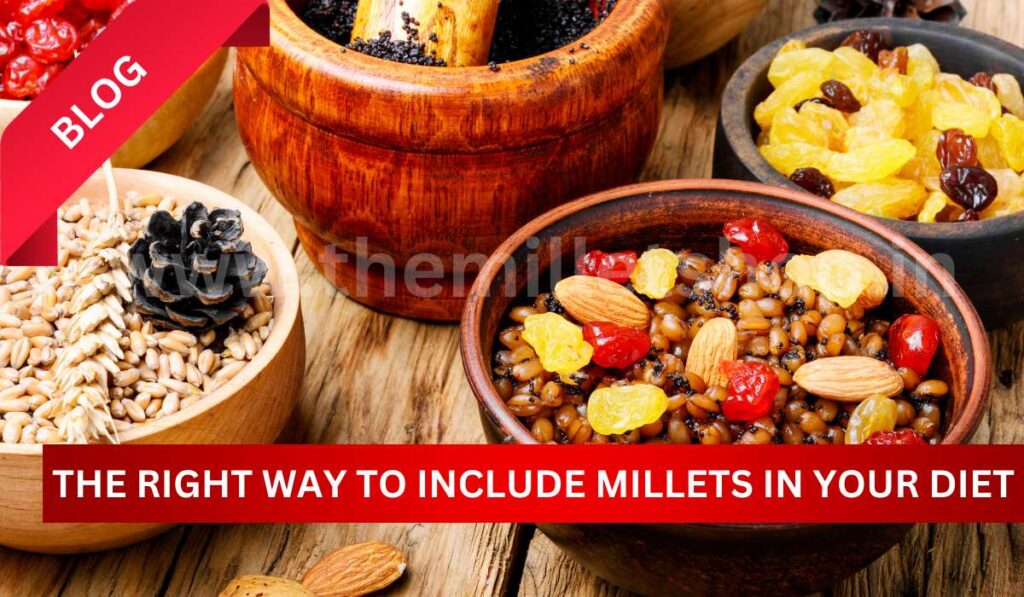Introduction: In the pursuit of wholesome and nutrient-packed foods, millets have emerged as a superfood, offering a myriad of health benefits. To truly harness the power of millets, it’s essential to understand the right way to include them in your diet. In this guide, we’ll explore the principles of incorporating millets into your meals for maximum nourishment and enjoyment.
Understanding Millets:
Millets, encompassing varieties such as foxtail millet, pearl millet, and finger millet, are ancient grains known for their rich nutritional content. They are gluten-free, high in fiber, and boast essential vitamins and minerals.
1. Diversify Your Millet Intake:
- Experiment with different types of millets to enjoy a variety of flavors, textures, and nutritional profiles. This not only adds excitement to your meals but also ensures a broader spectrum of nutrients.
2. Whole Grain Goodness:
- Opt for whole millets instead of processed forms. Whole grains retain their bran and germ, preserving essential nutrients and dietary fiber. This promotes better digestion and overall gut health.
3. Balanced Meals with Millets:
- Include millets as a component of balanced meals. Whether it’s in the form of khichdi, pulao, or as a side dish, millets complement vegetables, legumes, and proteins for a well-rounded nutritional profile.
4. Millets for Breakfast:
- Start your day with the goodness of millets. Incorporate them into breakfast options like porridge, upma, or idlis. This not only provides sustained energy but also kickstarts your metabolism.
5. Mindful Cooking Methods:
- Choose cooking methods that preserve the nutritional integrity of millets. Steaming, boiling, and roasting are excellent options that maintain the grain’s inherent goodness without compromising on taste.
6. Combine Millets with Protein:
- Millets are a valuable source of plant-based proteins. Pair them with legumes, lentils, or dairy products to create protein-packed meals that contribute to muscle repair and overall growth.
7. Hydration is Key:
- Millets tend to absorb water during cooking. Ensure you maintain the right water-to-millet ratio to achieve the desired texture in your dishes. Adequate hydration is crucial for a well-cooked and delicious outcome.
8. Explore Millet Flour:
- Millet flour is a versatile option for incorporating these grains into baked goods, pancakes, and flatbreads. Experiment with millet flour in your favorite recipes for a nutritious twist.
9. Mindful Portion Control:
- While millets are nutrient-dense, be mindful of portion sizes. Enjoy them as part of a balanced diet to reap their benefits without excessive caloric intake.
Conclusion:
Incorporating millets into your diet is not just a culinary choice; it’s a step toward optimal health and nutrition. By diversifying your millet intake, choosing whole grains, and balancing your meals, you can unlock the full potential of these ancient grains. Whether for breakfast, lunch, or dinner, the right way to eat millets involves mindful cooking, pairing with protein sources, and exploring the various culinary possibilities these grains offer. Embrace the nourishing journey of millets, and let these wholesome grains become a staple in your quest for a healthier and more delicious lifestyle.

